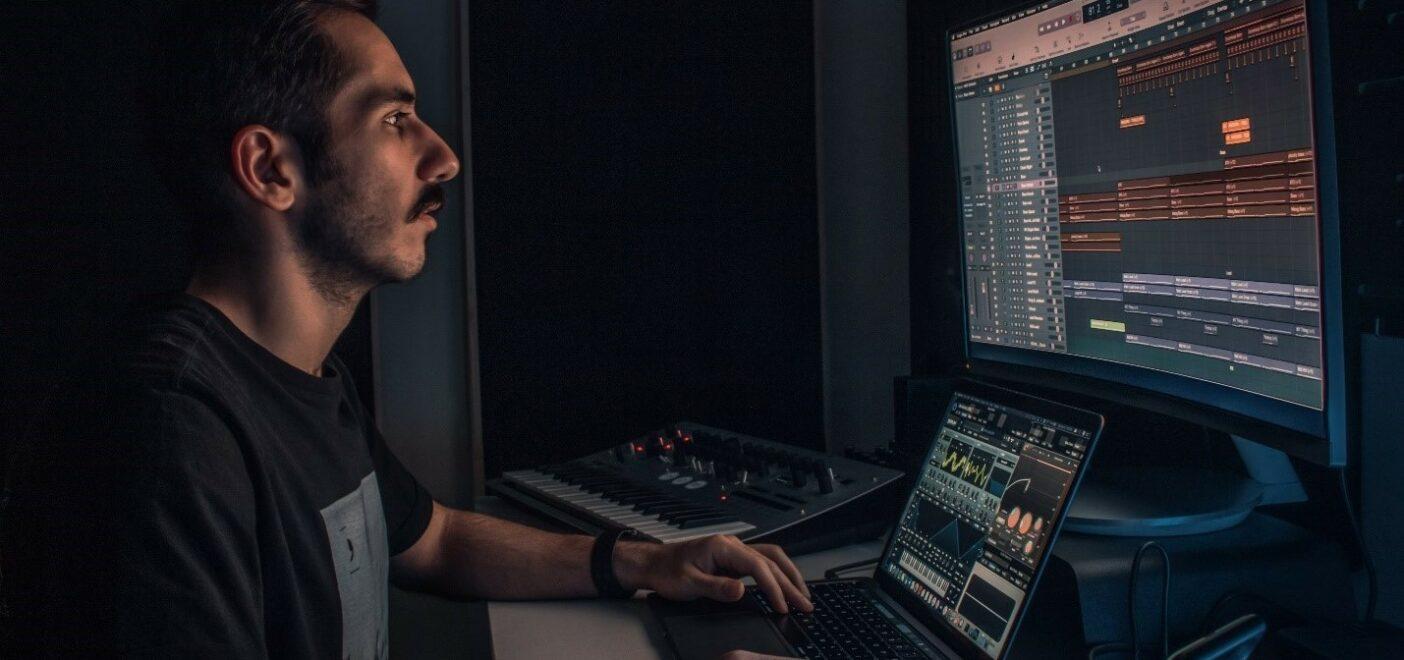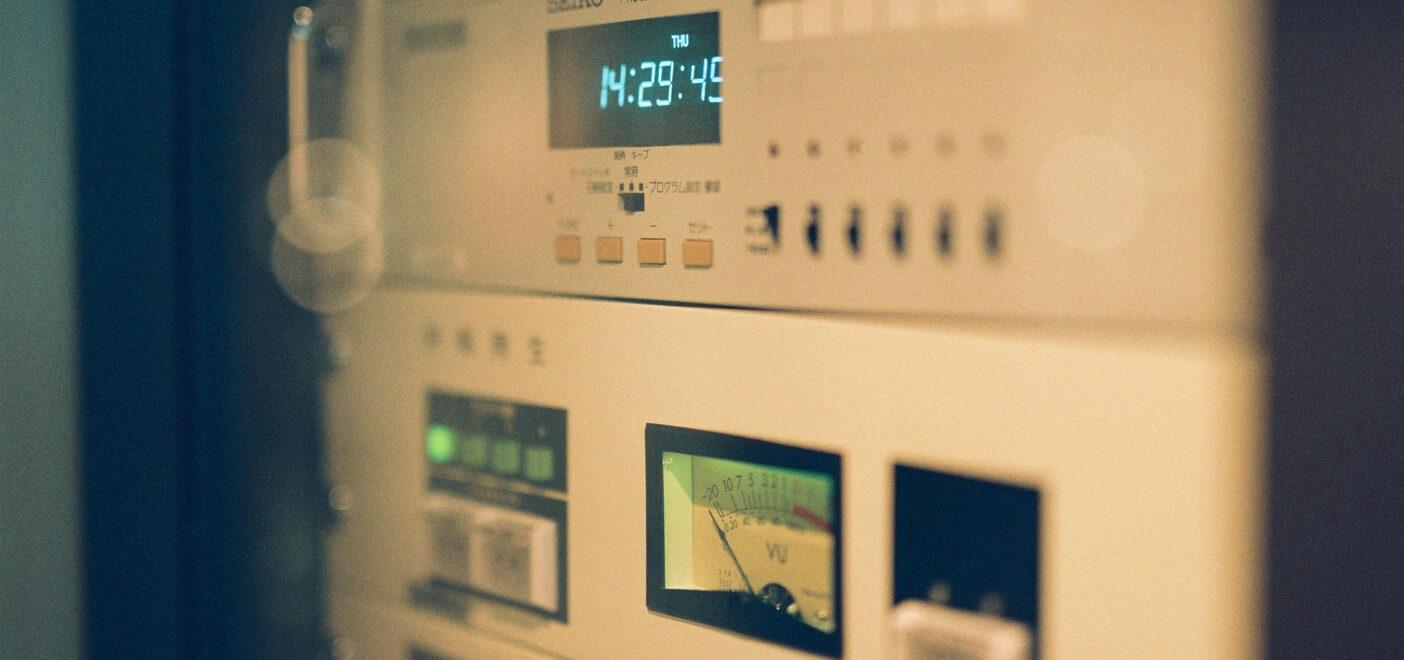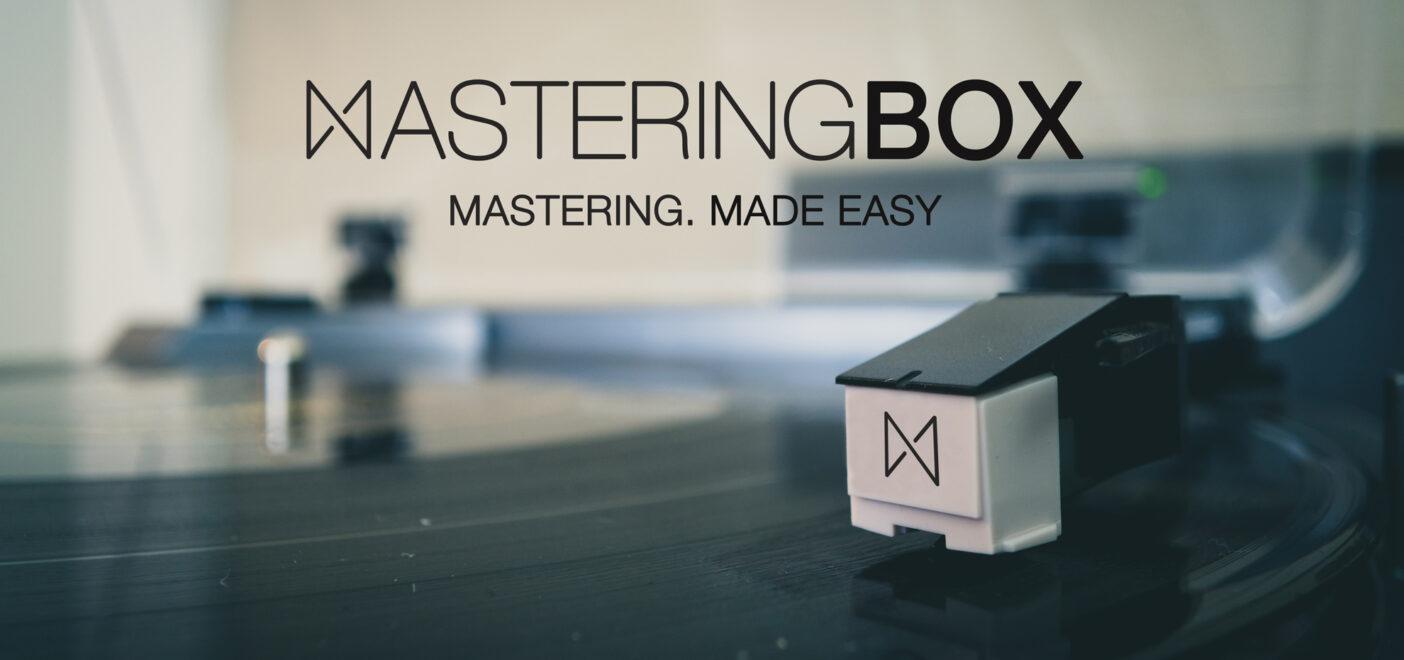Mastering is a complex and sweat-inducing process, but do you know what’s even more complicated? Mastering your own music in a home studio! This last leg of music production is a highly dynamic and fine-tuned process that requires the skill and precision of an experienced sound engineer, or an AI algorithm like MasteringBOX. If you know the basics but lack the experience, you can fall into the sticky trap of common mastering mistakes, affecting the final results. More on that later!
But let’s first address the confusion with regards to establishing a baseline on the concept of mastering. Mastering looks at the tracks with a holistic approach considering the album or EP as a single cohesive unit. This process is a quality check for the final mix to weed out any inconsistencies and jarring inaccuracies. A perfect master prepares the tracks to sound extremely polished and consistent on all platforms.
However, with the costs of productions rising, musicians often opt for taking up mastering themselves. While mastering the music yourself is entirely possible, sometimes the lack of experience results in minor mistakes and flaws. Therefore, in this article, you will explore the common pitfalls of mastering your own music. Once you identify and tackle these mastering mistakes, your final product will end up looking more professional.
Mistake 101 In Mastering: Losing Objectivity
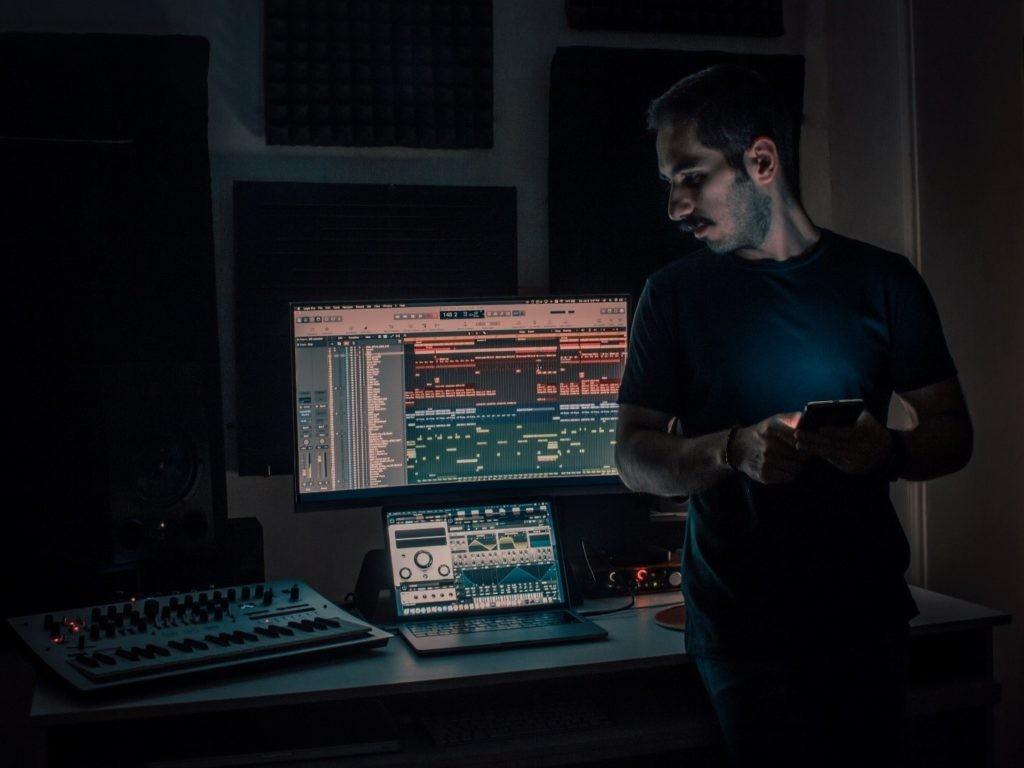
Before you get to explore the technical flaws in your mastering, the biggest pitfall that ruins your mastering process is getting too attached to the music. This attachment leads to a lack of objectivity in your perspective. Why so, you might ask? After weeks or months to produce a track and then uncountable hours spent on mixing it, loss of objectivity is inevitable during the mastering phase.
One of the essential tenets of mastering is to use a fresh set of ears for the perfect quality control of the final product. Therefore, as musicians opt for a DIY approach on all production phases, they lose focus. Whether it’s the tonal inaccuracy or unadjusted balances, the musician becomes immune to the issues in the track.
Therefore, in a situation where you decide to master the final mix, do not jump right into the process. Once you have prepared the mix, take a long break from the track and work on something else. This strategy will allow you to come back to the mastering process with a fresh and renewed perspective. It will enable you to weed out the mistakes more efficiently.
Top 8 Mastering Mistakes
This section will delve into all the musicians’ mistakes when mastering their music in a home studio.
1. The Master is Either too Loud or too Quiet
The secret to a perfect master is an intuitive process. With the boom of digital music platforms, like Apple Music, Tidal and Spotify, there is a real competition to make sure your music stands out. But the most common issues that make your master either lackluster or inconsistent are the wrong quietness and loudness levels.
Tweaking the loudness levels on the final master is an essential part of the process. An optimum loudness level on the track will sound big, punchy, and clear. However, excessive loudness brings out distortion, clipping issues, and messes up the dynamics. Overly loud mixes leave no room for the subtle nuances to shine. Instead, it becomes highly muddy, with bass and snares losing their vivacity.
To ensure that your master is neither too loud nor too quiet for the streaming sites, you can use the loudness meter called LUFS. The LUFS abbreviation stands for Loudness Unit Full Scale. This standard unit lets you measure the accurate loudness level that the listeners will perceive.
A suitable loudness level on your master is also a subjective matter. Some streaming platforms like Spotify normalize to -14 LUFS, so in Spotify, pushing for more will not have loudness benefits. However, not all platforms adhere to Spotify standards. This means you will still need to get a decent loudness level to compete on most platforms and media.
2. Excessively and Obsessively Processing the Master
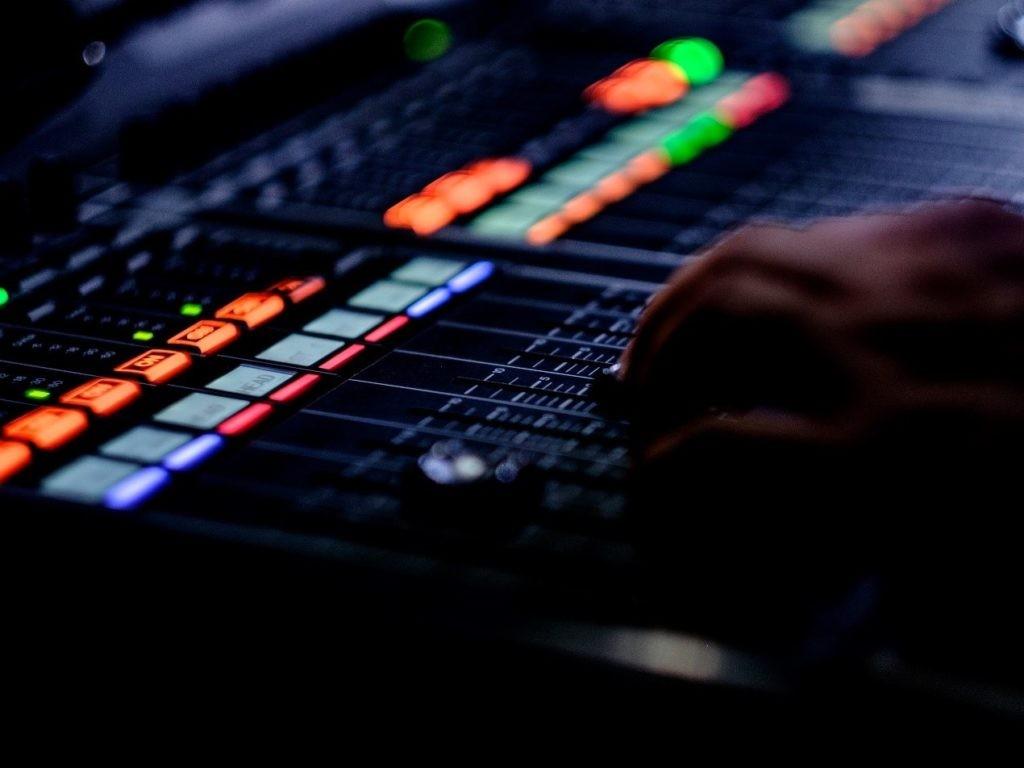
The most unholy sin in mastering is going overboard in the post-processing phase. Aggressive processing is one of those mastering mistakes that will disfigure your tracks to the point of no return. The actual game is processing the song with a subtle touch during the mastering stage. Most newbies musicians double down on compression, limiters, EQ, and tonal saturations with a heavy-handed approach. If you are amplifying the compression and EQ levels too much, your track may sound lifeless and flat.
An off-balance and over-processed song will reveal the lack of mastering experience right away. As a novice in mastering, the approach, ‘less is more‘ is quite effective. During the mastering process, think about ‘enhancing‘ the mix rather than ‘altering‘ it.
When you are processing the mix in mastering phases, here are a few tweaks you should pay attention to:
- Look out for any inconsistent sounds, such as noise, distortions, misplaced vocals, and rumbles. Remove the noise with EQ roll-off, noise gate, or gain automation.
- Sometimes, it is better to go back to the mix to fix an issue instead of fixing it in the mastering stage.
- Fix the issues of varying high frequency to avoid harsh sections in the track. Sometimes with hi-hats, cymbals, guitars, synths, and other instruments, the volume levels become patchy. Using tools like Linear Phase EQ and De-Esser will bring down the frequencies to acceptable levels.
- Use saturation, but don’t abuse it. The subtle saturation and exciter tools will add the much-needed oomph to your tracks.
- Employ compression with restraint because you do not want to snuff the life out of the mix.
3. Cranking Up the Monitoring Levels too High
One of the most avoidable mastering mistakes is monitoring the process at extremely high levels. Yet, many beginners continue to do it in pursuit of loudness. It causes ear fatigue, which completely ruins the flow and subtleties of your final master. Additionally, you do not want to damage your hearing while monitoring at loud levels. Finding a consistent loudness level to monitor is essential for a proper mastering session. When you monitor at an extremely high and low level, you hear more distortions leading you to over-process your tracks.
Instead of jumping between monitoring levels, we recommend selecting a stable loudness level that allows you to comfortably hear and detect all the nuances. While for every individual, monitoring levels can vary, you can adhere to specific standards. For instance, 80 – 83 dB SPL is a standard monitoring baseline for mastering engineers. Additionally, if you want to monitor your master at a linear frequency, 73 – 76 dB SPL is the optimum value. If your mix sounds good on balanced monitoring levels, it will sound accurate on all levels.
To ensure that you are monitoring the mix at the right level, measure the speaker output with an SPL meter. This tool is available as a physical instrument and digital app as well to measure the acoustic levels.
4. Relying too Much on All-In-One Plugins
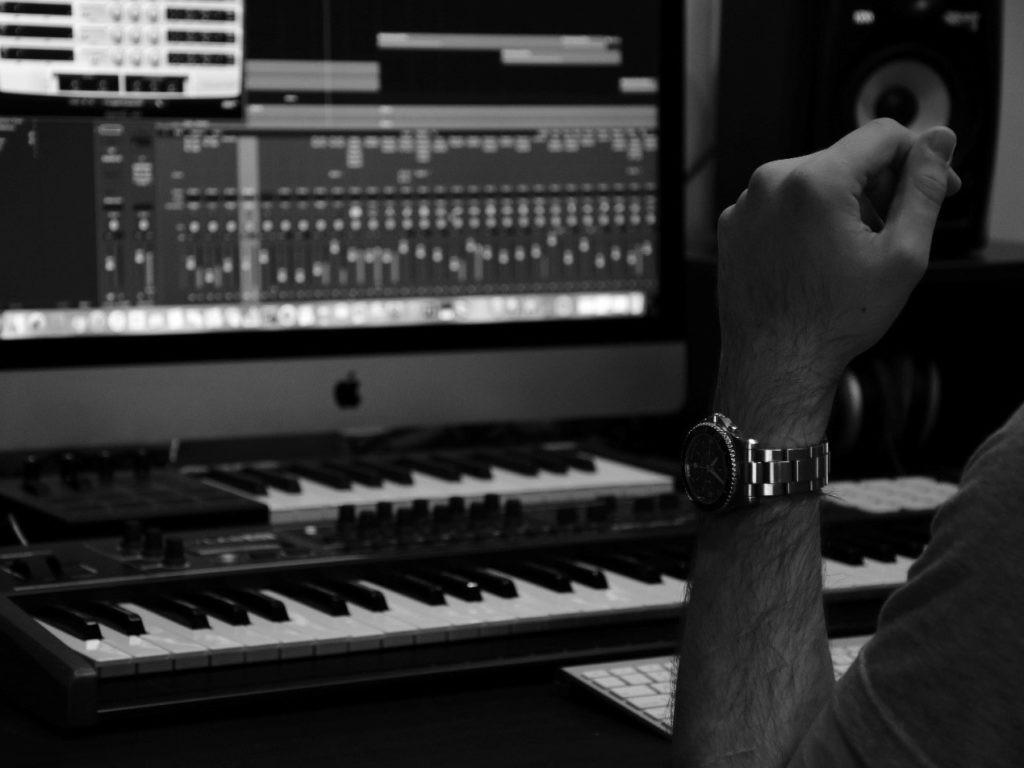
Plugins are helpful, and they make music production an intuitive and automated process. But, overuse of plugins at the mastering stage will mess up the whole process, especially if you are going with all-in-one plugins. Mastering is fine-tuning your tracks and albums. If you think cranking up or down the knobs of everything that your plugin has to offer will give you a sleek master, you’re wrong. There are tons of compression plugins and other all-in-one solutions available on the internet, but it ends badly for the final product when you rely on them too much.
For instance, when you need to shape the sound with a bit of EQ, then you should not employ all editing modules at your disposal. Beginners often tend to make such mastering mistakes. They bring out all the arsenal when a subtle compression or phasing is what the mix needs. Lean into the mastering phase with a clear head and hear intently to find what you need to amplify and improve your production. Unleashing a host of plugins on your master will set you up for disappointment.
5. Leading Your Master in a Blind Direction
This next mastering mistake is what sets apart the novice from the experts. It would be best to decide on a proper plan of action when you start to master the tracks yourself. Simply tweaking and making changes along the way is not how you define what is mastering.
So, here comes the burning question. How do you find the direction for your master? Organize and analyze! To do that, you must prepare your tracks for mastering to make the extensive process seamlessly easier. Intently, listen to the mix to weed out the flaws. Make a complete analysis of various gaps and issues that jump out at you. Once your analysis is complete, you must arrange and listen to genre-specific reference tracks to steer the master in the right direction. Level match and reference check your master as you go to make sure you are improving it.
6. Ignoring the Stereo and Mid-Side Balance
Your primary aim with the master is to make it sound cohesive yet distinct. But among many mastering mistakes, the common one is where you might be missing the importance of the stereo balance. A skewed volume difference between Left and Right channels will compromise the energy of your master. You want every element of your production to sound crystal clear and equalized. Therefore, always make sure that the loudness difference on the L-R channel is not far off.
Additionally, you cannot achieve a flawless master, if all the elements are clustered in a narrow master. Therefore, you must also pay attention to adjusting the wideness of the master. You can use a Stereo Enhancer plugin for this task. However, use with extreme caution, as overdoing it could botch up the balance, affecting the perspective of your master. The trick is to polish your master with fine processing sensibilities.
7.Messing Up the Vocal Placement
A good soundtrack is very much dependent on the proper vocal placement. You want the vocals to project with clarity. However, the vocals in the final master often end up either buried or too out there. One of the reasons is over-compression.
Since the musician knows the lyrics to their song, they tend to lose an objective edge when placing the vocals. There is no right or wrong whether the vocal is in the middle, front, or behind the track. The goal is that the listeners can resonate with the vocals at an optimum level. To make sure that lyrics and vocals stand out in the mix, try a different version of vocal placement to find the right arrangement.
8. Blurring the Lines between Mastering and Mixing
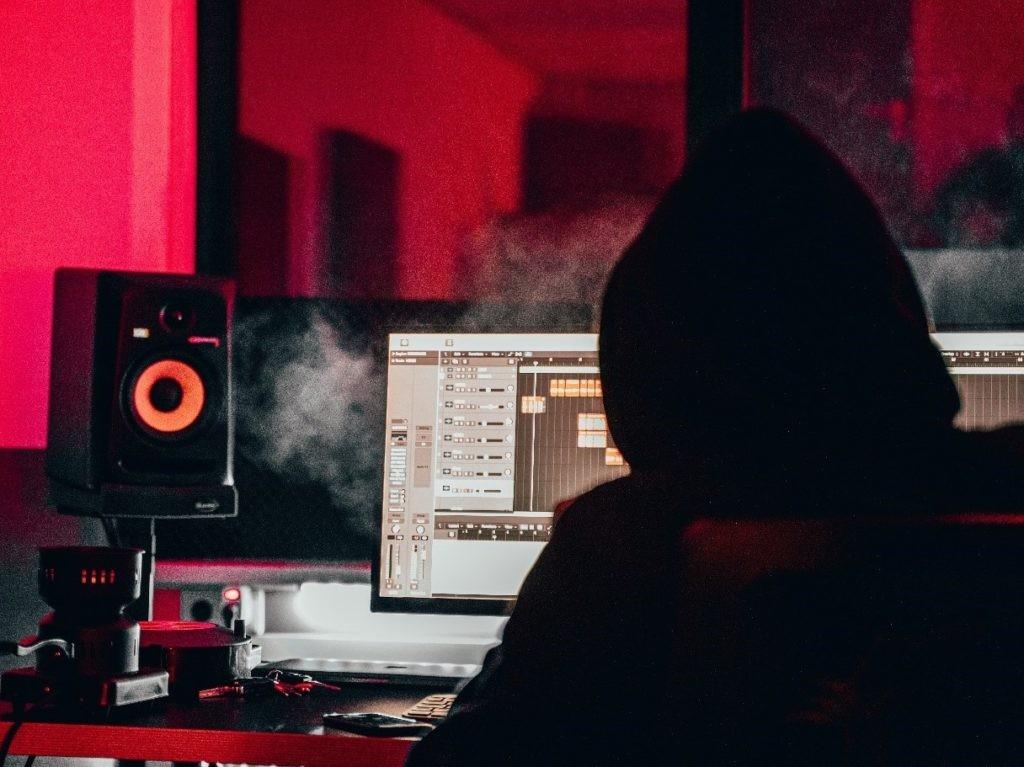
When you are carrying out all the steps of music production from start to finish, combining mixing and mastering seems like a feasible option. But it’s not. And while it’s not entirely wrong for some musicians to mix and master simultaneously, they must have years of experience and knowledge of different mastering styles up their sleeves. If you are not a trained sound engineer with years of experience, do not risk combining the two processes.
The decision to master your own music isn’t an easy one. Therefore, do not make it more complex by combining mixing and mastering as a single process. Both phases of production require a different approach; one goes for each reductive detail in the track, the other takes a more holistic approach to make the music more enjoyable for the end-user. To create a proper distinction between mixing and mastering, you can explore the in-depth audio mixing published on the blog.
Conclusion
Mastering is an intricate process, and attempting it yourself is impossible without making some mistakes along the way. While you explore the common mastering mistakes that serve as a pitfall in your final release, you must understand the different nuances and history of mastering to understand its integrity and importance in the music production process. Additional production advice can be found at music production tips for beginners.
In a nutshell, mastering your own music is possible, but it needs razor-sharp focus at the musician’s end. Whenever you opt for mastering your music, make sure to remain objective and steer away from the common mistakes addressed in this article.
Laisse un commentaire
Connecte-toi pour commenter.

